The Role of Traditional Ecological Knowledge in Enhancing Snakebite Prevention and Care
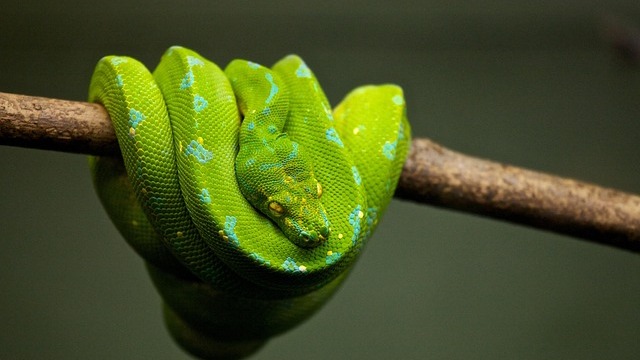
Every year, snakebite envenoming claims over 100,000 lives worldwide, with sub-Saharan Africa, including Uganda, disproportionately affected. This startling reality underscores the urgent need to harness traditional ecological knowledge snakebite care as a vital asset in reducing these tragic deaths. Indigenous wisdom intertwined with culture, ecology, and community engagement holds promising keys to transforming snakebite prevention and treatment, especially in Uganda's rural landscapes.
Understanding the unique cultural perspectives and ecological insights of Ugandan communities, alongside robust public health strategies, could bridge gaps in care and save countless lives. This article delves deeply into how traditional ecological knowledge snakebite care enriches modern approaches and highlights actionable solutions that blend ancient wisdom with scientific evidence.
Startling Realities: The Urgent Need for Traditional Ecological Knowledge Snakebite Care
Global and Ugandan Snakebite Statistics Highlighting the Crisis
Snakebite envenoming is one of the most neglected tropical diseases globally, causing more than 100,000 deaths annually and leaving many survivors with permanent disabilities. Uganda, situated in sub-Saharan Africa, faces a heightened burden due to its biodiversity and rural population's close interaction with venomous snakes.
Rural Ugandan communities often experience snakebite incidences that are underreported but strategically critical to understand. Epidemiological data suggest that snakebite cases peak during agricultural seasons when people work near snake habitats. This crisis calls for approaches beyond standard hospital care to include locally relevant practices that effectively prevent bites and enhance timely treatment access.
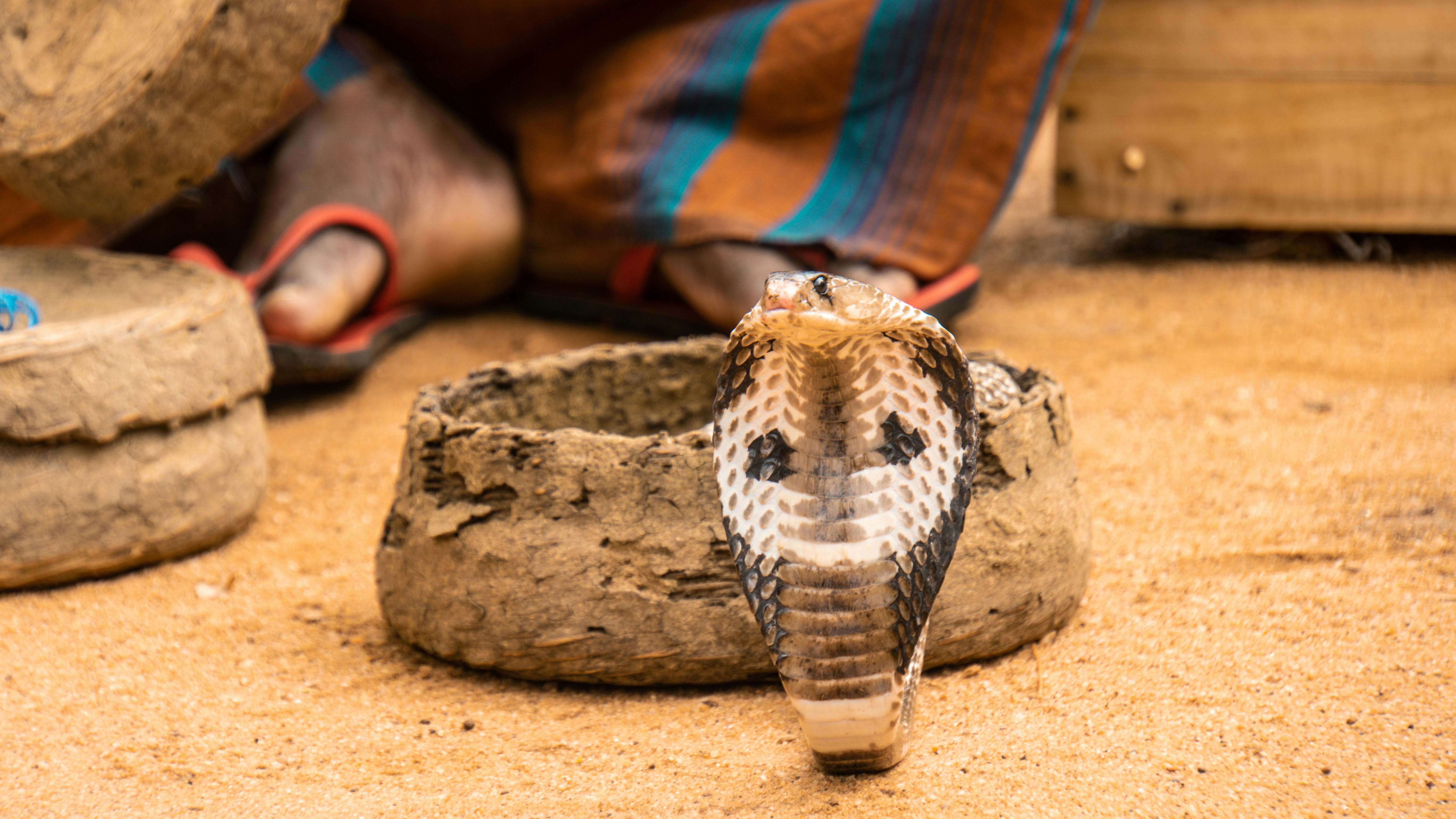
How Traditional Ecological Knowledge Snakebite Care Offers a Unique Perspective
Traditional ecological knowledge snakebite care represents the cumulative wisdom accrued by communities interacting with their natural environment over generations. This knowledge encompasses detailed understanding of snake behavior, seasonal movements, habitat preferences, and culturally specific practices to avoid and manage snakebites.
Communities in Uganda, for example, know to avoid sleeping near rocky shelters during dry seasons to evade vipers or plant lemongrass strategically to repel snakes. Such indigenous knowledge complements clinical interventions by preventing exposure and promoting culturally informed responses. Integrating this with modern care creates a holistic paradigm crucial for effective snakebite management.
Understanding Culture’s Impact on Traditional Ecological Knowledge Snakebite Care
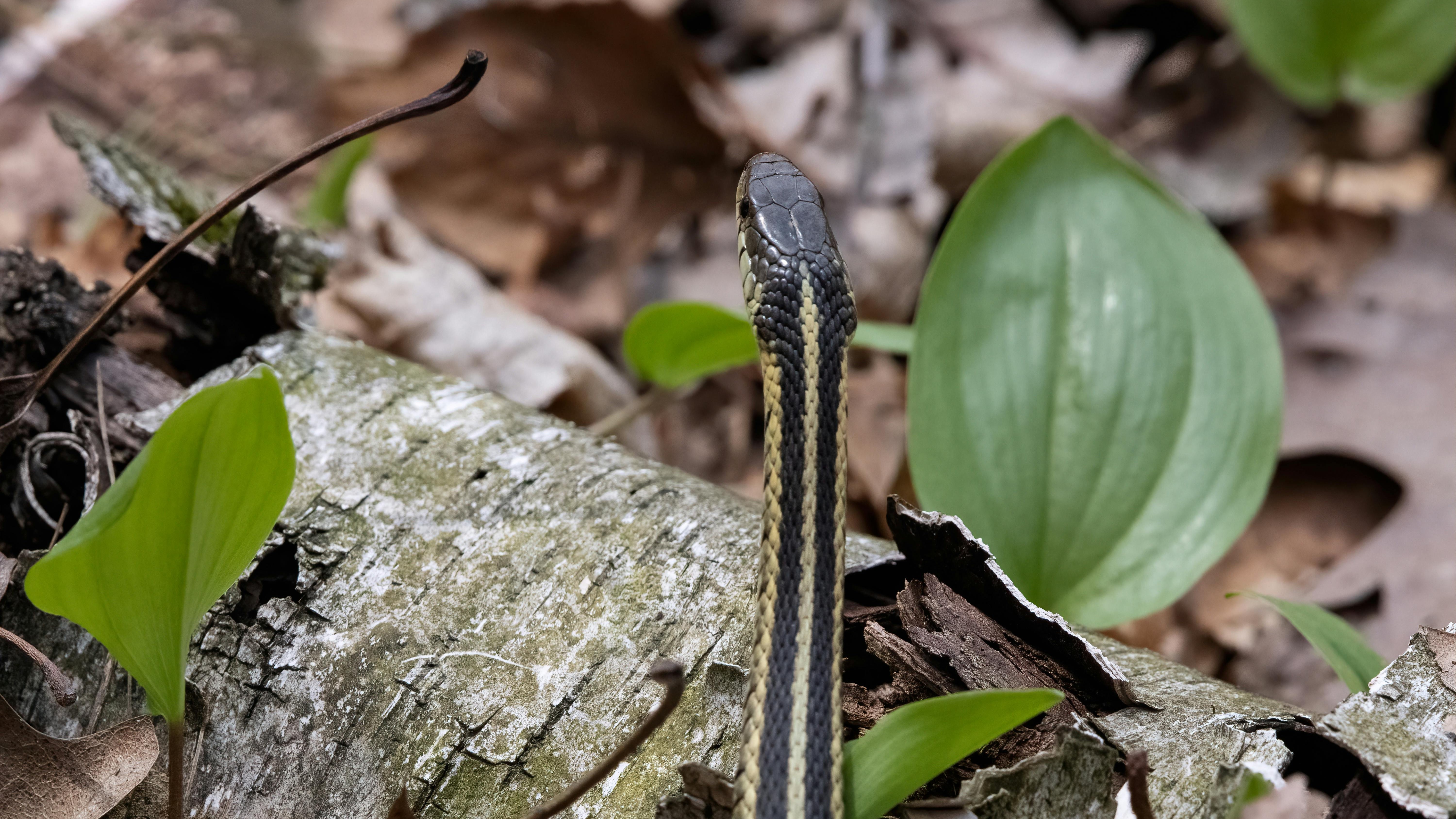
Cultural Beliefs and Their Dual Role in Snakebite Treatment and Prevention
Mukasa Emmanuel, of Herp Fauna Foundation Uganda, explains, “In many Ugandan communities, snakes are not just animals but spiritual symbols, which profoundly influences how snakebite care is approached.” This cultural framing can either support or hinder effective snakebite management.
In some areas, snakes are revered or protected, encouraging practices that minimize unnecessary killings and reduce human-snake conflict. Conversely, other communities view snakebites as curses or witchcraft, leading victims to seek traditional healers first, which delays critical antivenom treatment. Understanding these cultural contexts is essential in designing education initiatives that respect beliefs while promoting life-saving care.
Positive Cultural Practices Supporting Snakebite Management
Ugandan elders often pass down folktales warning children to avoid snake-prone zones, creating early awareness and respect for snake habitats. Exclusive taboos against killing snakes serve as a preventive cultural norm that preserves ecosystem balance and reduces aggressive encounters.
Community efforts to clear thick vegetation around homesteads exemplify collective action influenced by cultural values to keep environments safe. Such practices reduce rodent populations that attract snakes, thereby lowering bite incidence. These culturally embedded behaviours complement modern interventions, highlighting culture’s constructive influence.
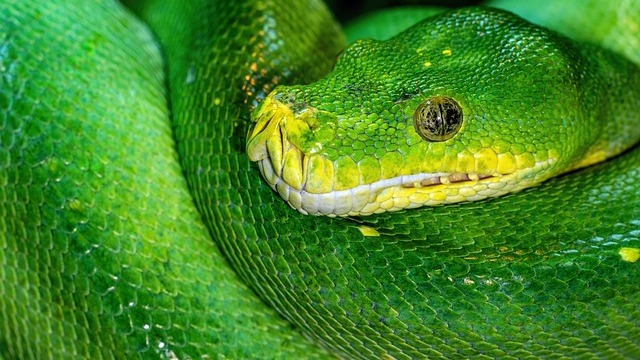
Cultural Misconceptions and Their Impact on Traditional Healer Reliance and Snakebite Treatment Delays
Certain cultural misconceptions attribute snakebites to supernatural causes, prompting families to rely solely on traditional healers. Practices such as making incisions on bite wounds or applying 'snake stones' often worsen patient outcomes.
This delay in seeking medical care critically increases mortality. Addressing these gaps demands culturally sensitive education that acknowledges traditions while emphasizing evidence-based first aid and timely hospital treatment, fostering trust and cooperation between health professionals and local communities.
Traditional Ecological Knowledge Snakebite Care: Harnessing Indigenous Wisdom
Seasonal and Habitat Awareness in Snakebite Prevention
Traditional ecological knowledge provides communities with nuanced insights into snake behavior across changing seasons and habitats. In the Karamoja region, for example, herders avoid sleeping near rocky crevices known as venomous snake shelters during the dry season, effectively reducing bite risk.
Such awareness guides daily activities and settlement choices, integrating seamlessly with preventive strategies. This ecological knowledge is often more nuanced than scientific data alone, offering practical, place-specific wisdom essential for targeted prevention.

Natural Repellents and Environmental Management in Snakebite Treatment Strategies
Some Ugandan communities utilize plant-based natural repellents such as lemongrass to deter snakes from homesteads by disrupting snake habitat cues. Maintaining clean compounds by removing brush and debris reduces rodent prey attracting snakes, demonstrating indigenous environmental management to mitigate snake encounters.
Traditional healers often prepare herbal remedies, showing that traditional ecological knowledge snakebite care involves multi-faceted strategies rooted in ecological harmony. Collaborative validation of these methods alongside modern science could unveil new, culturally appropriate preventive and therapeutic practices.
Challenges in Integrating Traditional Ecological Knowledge with Modern Snakebite Treatment
Mukasa Emmanuel emphasizes, “Validating traditional ecological knowledge alongside scientific methods is critical as environmental changes alter snake behavior.” The dynamic nature of snake ecology, compounded by habitat loss and climate shifts, requires ongoing research and collaboration with local knowledge holders.
While traditional knowledge offers valuable preventive insights, some remedies lack scientific validation, and some misidentifications of snake species can cause treatment delays or mistakes. Integration hinges on mutual respect and evidence-based assessments to safely blend ancestral wisdom with biomedical care.
Community Engagement: Bridging Traditional Ecological Knowledge Snakebite Care and Modern Health Practices
Successful Community-Based Snakebite Education Programs in Uganda
Community engagement programs that combine culture, traditional knowledge, and health education demonstrate measurable success. In the Albertine Rift, training youth volunteers as ‘snake safety champions,’ equipping villages with protective gear, and using local languages with visual tools have significantly reduced snakebite incidents.
Such participatory approaches empower communities to act as agents of change, improving their knowledge and first-aid confidence while dismantling myths and misinformation. This integrative model showcases how collaborative education promotes safer behaviours and faster access to care.

Role of Traditional Healers and Health Facilities in Snakebite Management
Collaborations between traditional healers and health facilities mark an essential bridge in effective snakebite care. Clinics often work alongside traditional practitioners to encourage prompt referral and integrate culturally sensitive treatment approaches.
A respectful partnership increases community trust in biomedical methods and enables broader dissemination of accurate first-aid knowledge. This cooperative model underscores that traditional ecological knowledge snakebite care benefits from synergy rather than opposition between medical systems.
Consequences of Limited Community Engagement on Snakebite Treatment Outcomes
Where community engagement is lacking, misinformation and fear lead to dangerous consequences such as indiscriminate killing of snakes and delayed treatment seeking. Families hesitant to visit clinics due to distrust or poor access face worsened outcomes, often fatal.
Closing this gap requires sustained dialogue, education, and infrastructure improvements that enable communities to become informed partners in snakebite management, thus mitigating preventable deaths and disabilities.
Integrating Traditional Ecological Knowledge Snakebite Care into Public Health and Conservation Policies
Policy Recommendations for Inclusive Snakebite Management
Policy frameworks must formally incorporate traditional ecological knowledge snakebite care by recognizing indigenous practices and fostering collaboration between cultural custodians and health authorities. This approach ensures culturally adapted prevention campaigns and equitable healthcare access.
Supporting community-led environmental management reduces snake-human conflicts, while government-led training programs can harmonize traditional healers’ roles with scientific treatment guidelines. Such inclusive policies build sustainable, effective snakebite response systems by leveraging local expertise.
The Role of NGOs and Conservation Organizations in Supporting Traditional Knowledge
Non-governmental organizations and conservation groups serve as crucial mediators that validate and promote traditional ecological knowledge. They facilitate training, resource provision, and community dialogues that empower local guardians of wisdom to engage with modern science.
Herp Fauna Foundation Uganda, for instance, actively promotes integrated snakebite care approaches, bridging cultural traditions and public health for resilience against snakebite threats.
Aligning with WHO’s NTD Roadmap 2030 for Snakebite Prevention and Care
The World Health Organization’s Neglected Tropical Diseases Roadmap 2030 highlights snakebite envenoming as a priority. Integrating traditional ecological knowledge snakebite care aligns perfectly with this vision by promoting community-centered, culturally respectful approaches.
Emphasizing such inclusive strategies ensures investment in locally trusted practices coupled with improved antivenom distribution and education, spanning both health care and conservation sectors for comprehensive impact.

Common Misconceptions and Challenges in Traditional Ecological Knowledge Snakebite Care
Debunking Myths Around Traditional Healers and Snakebite Treatment
There is widespread misconception that traditional healers only offer ineffective or harmful treatments. While some practices are indeed dangerous, many healers possess valuable knowledge about local snake species and prevention techniques.
Partnerships to train healers in evidence-based first aid and timely referral can convert potential barriers into allies for improved snakebite outcomes, fostering trust and respecting indigenous systems.
Risks of Harmful First Aid Practices and Delayed Medical Treatment
Practices like incisions, suction, use of tourniquets, or ‘snake stones’ often worsen snakebite injuries and increase complications. Delaying hospital visits by relying solely on traditional remedies raises mortality risks.
Educational outreach correcting these unsafe practices is critical to empower communities to combine their knowledge with timely, scientifically supported medical treatment effectively.
Actionable Tips for Communities to Enhance Traditional Ecological Knowledge Snakebite Care
Practical First Aid Measures Backed by Scientific Evidence
For snakebite victims, immobilizing the limb, keeping calm, and seeking emergency treatment immediately are crucial steps. Avoid harmful interventions such as cutting the bite or applying tourniquets.
Training community members in these first aid basics complements traditional ecological knowledge by equipping locals to act decisively and safely.

How to Collaborate with Traditional Healers and Health Facilities
Building respectful, two-way communication channels between traditional healers and medical facilities enhances referral networks and trust. Joint workshops and dialogue forums help align treatment pathways while respecting cultural roles.
This collaborative framework strengthens community confidence in integrated snakebite care approaches, improving survival rates and rehabilitation.
Promoting Environmental Practices to Reduce Snakebite Risk
Regularly clearing brush around homes, planting natural repellents like lemongrass, and educating children on snake habitats are simple yet effective environmental measures to reduce encounters with venomous snakes.
Embedding these practices in community norms capitalizes on traditional ecological knowledge, supporting sustainable risk reduction.
People Also Ask: Addressing Common Questions on Traditional Ecological Knowledge Snakebite Care
What is traditional ecological knowledge snakebite care?
It is the indigenous knowledge passed through generations about snake behavior, habitats, natural remedies, and preventive practices used in managing and preventing snakebites.
How do traditional healers contribute to snakebite treatment?
Traditional healers provide herbal remedies, spiritual care, and act as first contact points in many communities, often playing a role in patient referral and education about prevention.
What are the best first aid practices for snakebite victims?
Keeping the victim calm and still, immobilizing the bitten limb, and getting immediate medical treatment while avoiding harmful traditional practices are recommended.
How can communities engage in snakebite prevention effectively?
Through education programs, environmental management, cultural sensitivity, and collaboration between traditional and medical practitioners, communities can reduce snakebite incidents significantly.
Key Takeaways: Embracing Traditional Ecological Knowledge Snakebite Care for Safer Communities
Traditional Ecological Knowledge Practices |
Modern Snakebite Treatment Methods |
|---|---|
Seasonal avoidance of snake habitats |
Antivenom administration |
Use of natural snake repellents (lemongrass) |
Emergency first aid: immobilization |
Folktales and taboos promoting snake awareness |
Hospital-based clinical care |
Traditional healers’ herbal remedies and cultural care |
Evidence-based medical protocols |
Environmental management reducing rodent attractants |
Public health education campaigns |
Mukasa Emmanuel concludes, “Culture and traditional knowledge are not obstacles but bridges to effective snakebite care when integrated with science and community action.”
Conclusion: Toward a Holistic Approach in Traditional Ecological Knowledge Snakebite Care
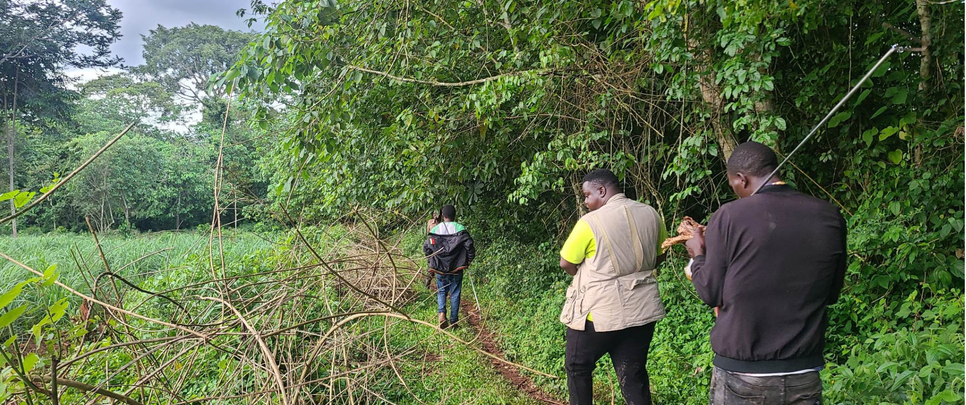
Summary of the Importance of Integrating Culture, Knowledge, and Engagement
Uniting cultural respect, indigenous wisdom, and active community involvement with modern science is pivotal for evolving effective snakebite prevention and treatment strategies. This integration not only respects local values but saves lives by creating accessible, trusted, and contextually relevant care pathways.
Call to Action: Share Your Traditional Wisdom
Does your community have traditional knowledge about wildlife safety that could save lives?
Share your story and help build the global database of traditional ecological knowledge that's transforming conservation science.
Share your knowledge in the comments below.
Join the Snake Medicine Revolution! Ready to support groundbreaking conservation work? Discover how Herp Fauna Foundation Uganda is transforming communities across Uganda and learn how you can be part of this life-saving mission. Visit www.herpfauna.com
Integrating traditional ecological knowledge with modern medical practices can significantly enhance snakebite prevention and care. The article “Traditional Healers’ Practices in Snakebite Treatment and Prevention in Rural Malawi” provides valuable insights into how traditional healers utilize local herbs and community trust to manage snakebite incidents effectively. (growkudos.com) Similarly, the study “Attitudes, Knowledge and Practices of Traditional Snakebite Healers in Nepal: Implications for Prevention and Control of Snakebite” explores the role of traditional healers in Nepal, highlighting their extensive use of medicinal plants and the importance of integrating their practices with modern healthcare systems. (pubmed.ncbi.nlm.nih.gov) If you’re serious about enhancing snakebite prevention and care, these resources offer comprehensive perspectives on the integration of traditional knowledge and modern medical practices.
 Add Row
Add Row  Add
Add 
Write A Comment